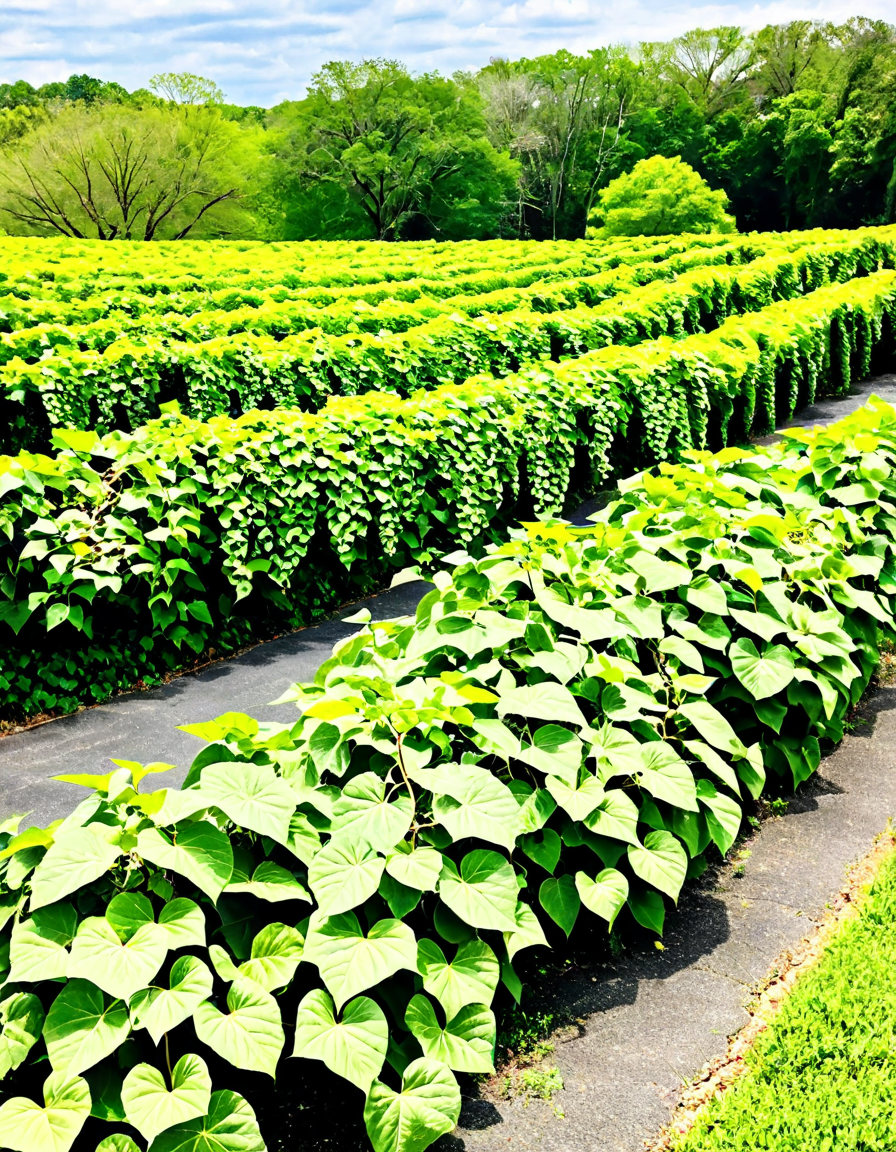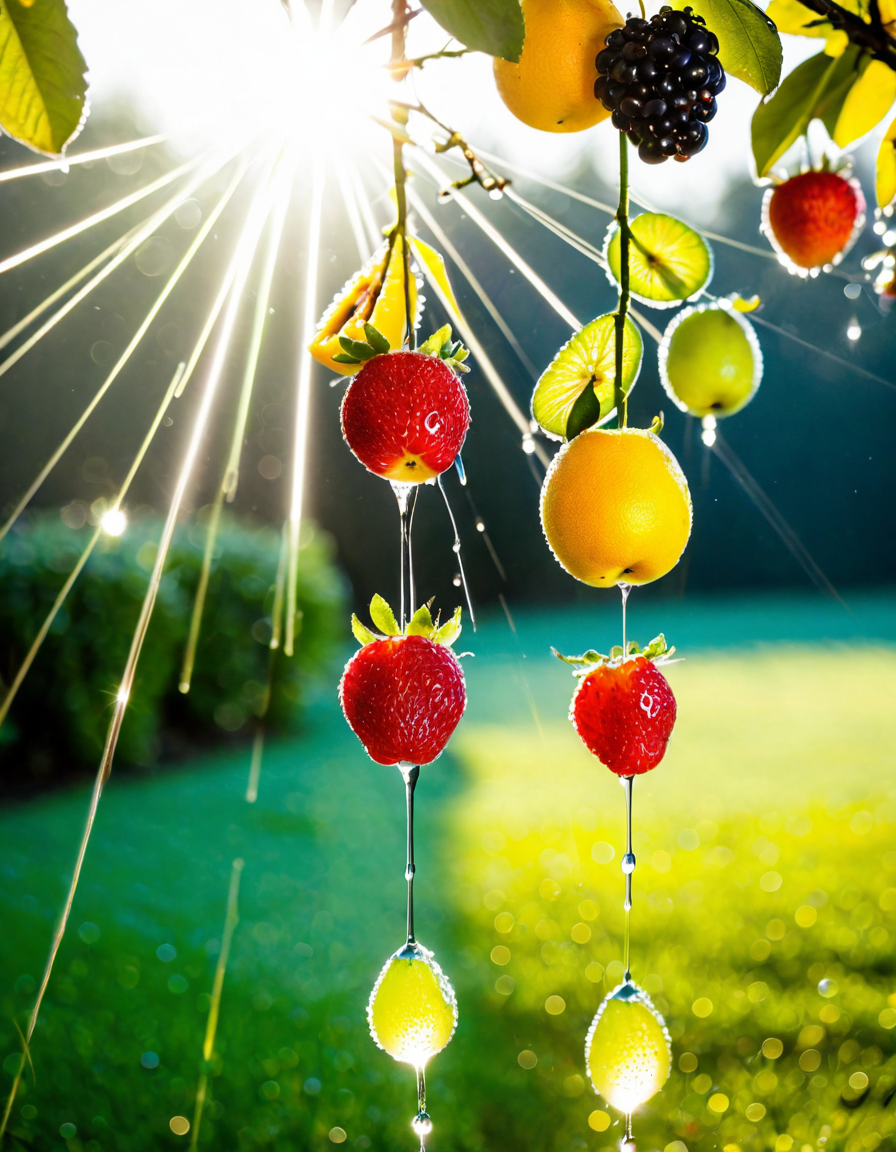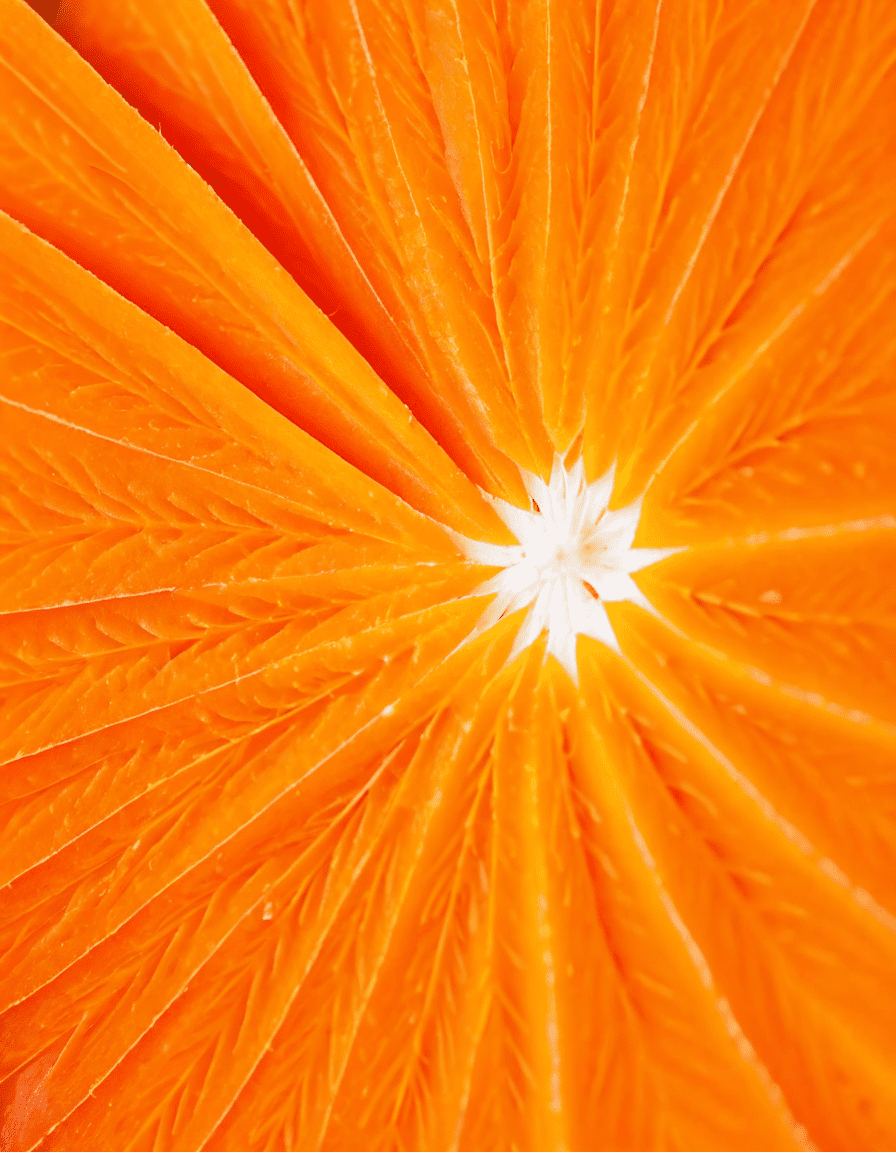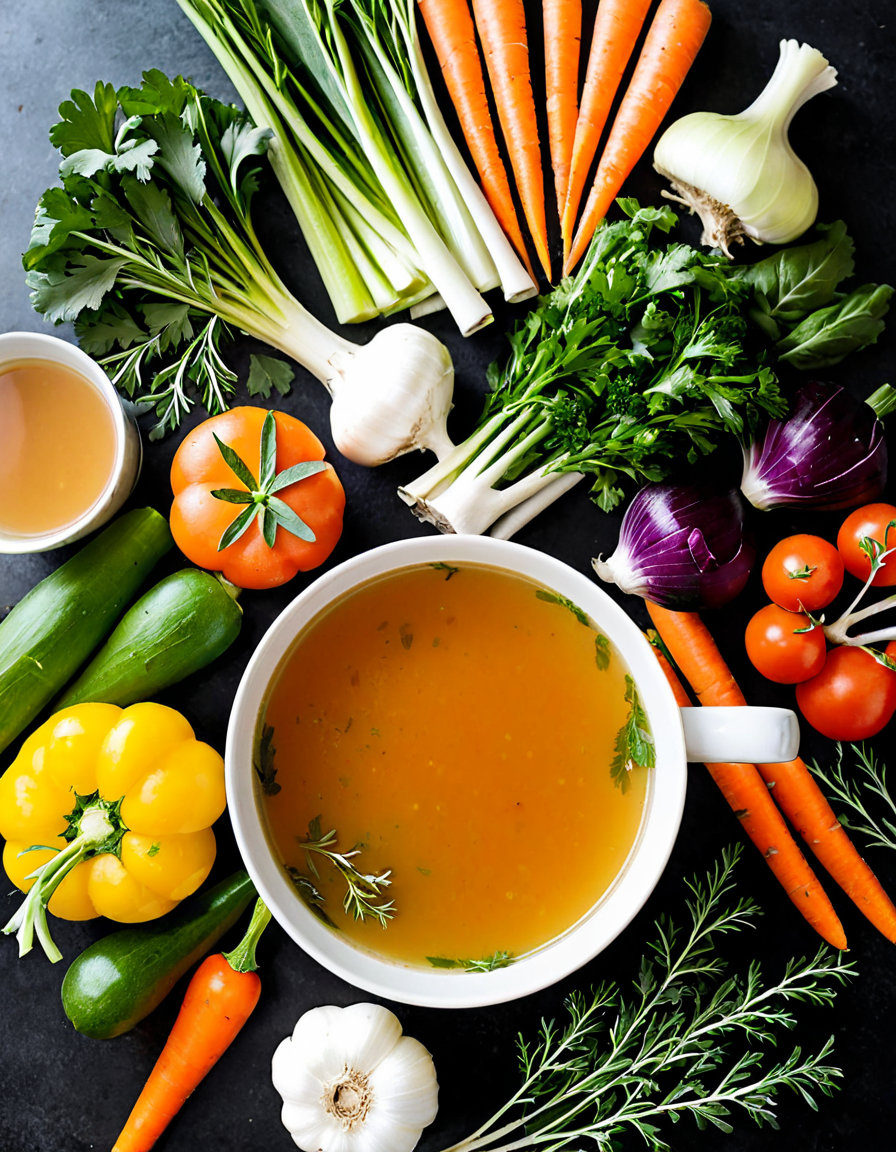Kudzu vine has gained a reputation for its lightning-fast growth, shocking many who encounter it. This plant doesn’t just thrive on its explosive nature; it’s also steeped in rich cultural contexts, spanning herbal medicine and culinary adventures. In this exploration of kudzu vine, we’ll shed light on its unique characteristics, potential applications, and its overall impact on the environments it inhabits.
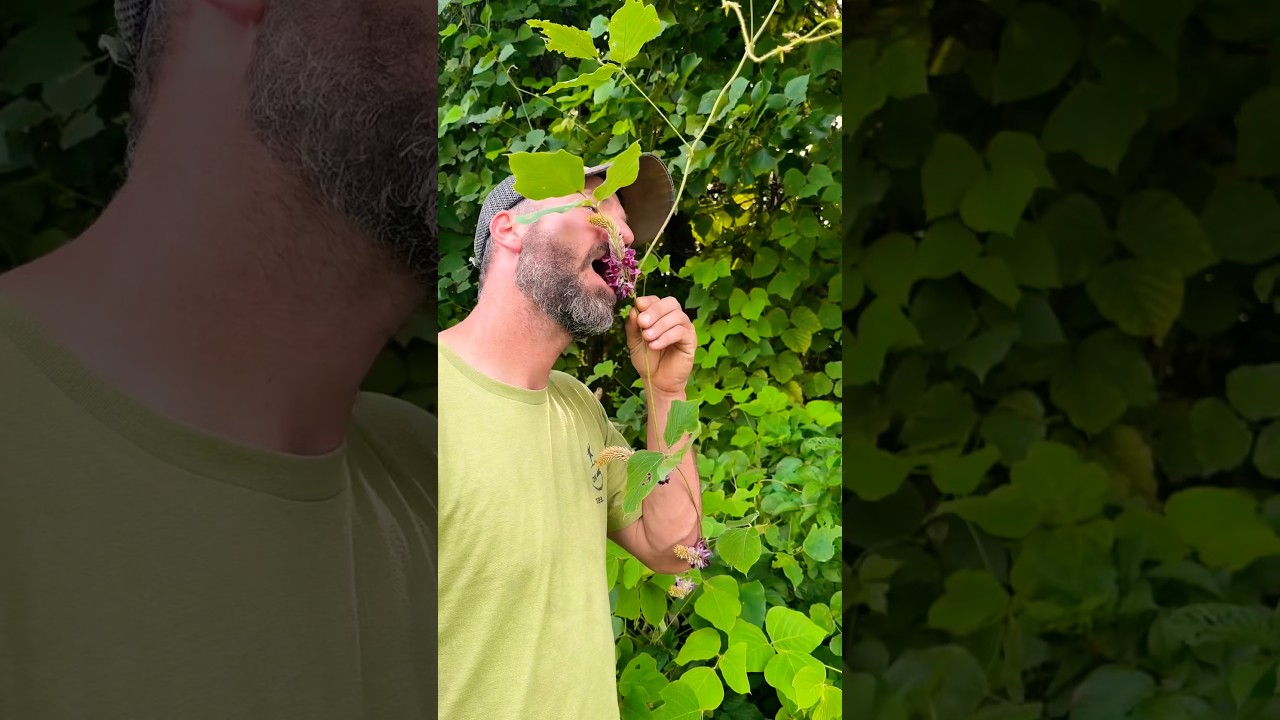
7 Surprising Benefits of Kudzu Vine You Didn’t Know About
1. Natural Herbal Remedies
Kudzu’s roots serve as a treasure trove in herbal medicine. They contain powerful compounds believed to help reduce alcohol cravings, offering support for individuals fighting addiction. Brands like Nature’s Way have recognized the potential of kudzu root extracts, assisting those looking for natural alternatives in their recovery journeys.
2. Culinary Versatility
You might be surprised to learn that the young shoots and leaves of kudzu vine are more than just a weed. They’re edible and often enjoyed like spinach. In Eastern cuisine, kudzu starch acts as a thickener for sauces. Companies like Sempio produce this starch, making it a staple in various Asian dishes. Why not give kudzu a chance in your next stir-fry?
3. High Nutritional Value
It’s hard to believe that something often dismissed as a nuisance can offer such goodness. Kudzu leaves are rich in vitamins A and C, supporting your nutritional goals. Studies reveal that kudzu’s protein content surpasses that of typical leafy greens, making it a noteworthy addition to a vegan diet. Much like today’s trending staples such as bulgur and quinoa, kudzu should not be overlooked.
4. Sustainable Resources
Kudzu grows at a breathtaking pace, making it an excellent source of biomass for biofuels. As it can be harvested more frequently than conventional crops, kudzu offers an environmentally friendly alternative that’s crucial for our energy solutions. It’s like finding a hidden gem in your backyard—nature’s way of giving back to the earth.
5. Soil Erosion Control
Kudzu vines excel at stabilizing soil, particularly in areas beleaguered by erosion. Their extensive root systems bind the soil, which dramatically reduces washouts during heavy rains. This feature becomes vital in regions devastated by deforestation, showcasing how kudzu might serve as a natural barrier against environmental degradation.
6. Enhancing Biodiversity
Now, kudzu may be controversial, often labeled an invasive species in the southern United States. However, it undeniably provides habitat and sustenance for various wildlife. It plays a role in feeding herbivores, which can be tremendous news in regions where native plants have become scarce. Sometimes, the most misunderstood plants can turn out to be heroes in disguise.
7. Potential in Plant-based Products
Recent trends have seen kudzu cropping up as a thickening agent, similar to guar gum, in the food industry. Brands like Bob’s Red Mill are experimenting with kudzu in gluten-free products, recognizing its potential to serve modern dietary needs. As plant-based living continues to rise, kudzu might very well be the silent player in the health game.
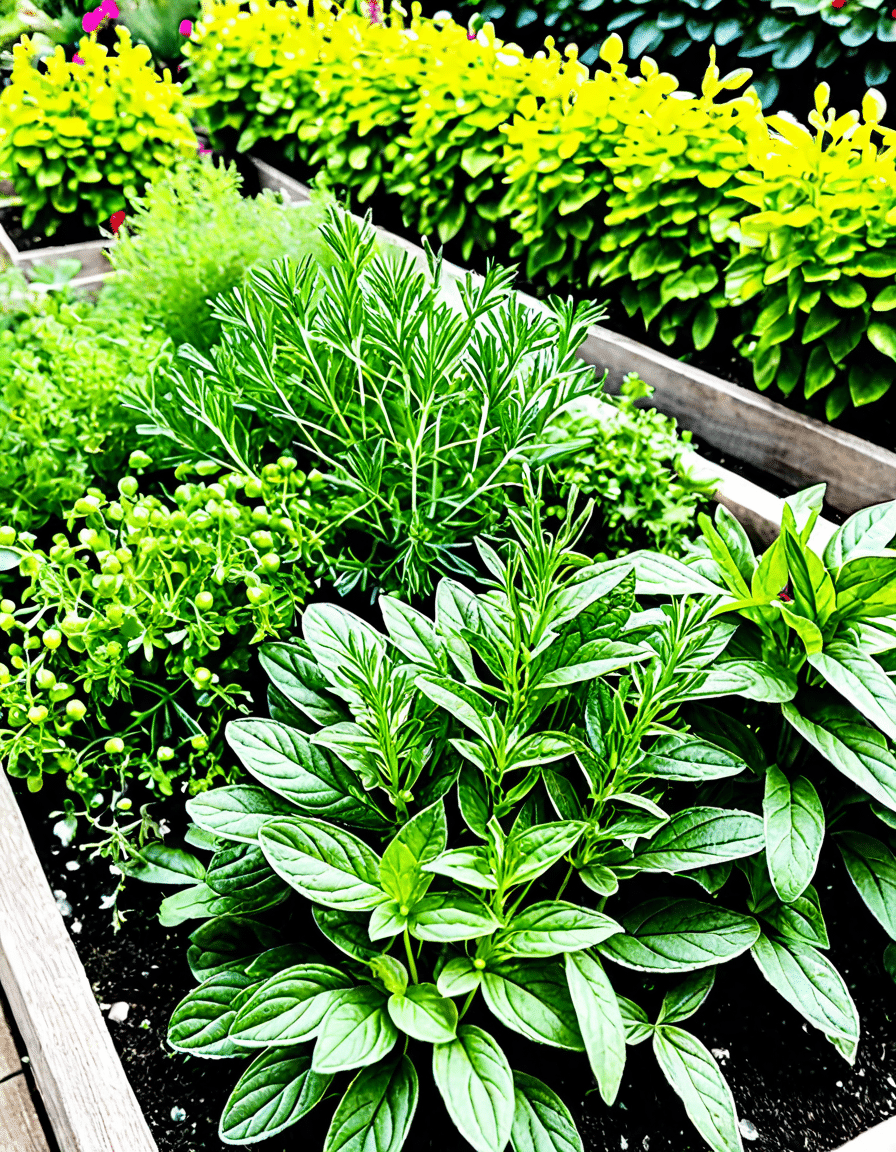
The Growing Controversy: Kudzu Vine and Its Invasive Reputation
Despite its many benefits, kudzu’s rapid growth and prolific nature earn it the title of an invasive species, particularly in the southern United States. Growing up to a foot per day, kudzu can overshadow native plants, leading to fierce debates among ecologists and environmentalists. Dr. Bill Smith, an ecologist, raises crucial points regarding the necessity for controlled environments to mitigate its unchecked expansion.
The upside? Kudzu can still be beneficial. Perhaps its role as a biofuel source can come to light, providing energy while we work to manage its invasive aspects. The future of kudzu lies in finding a balance that recognizes both its advantages and potential downsides.
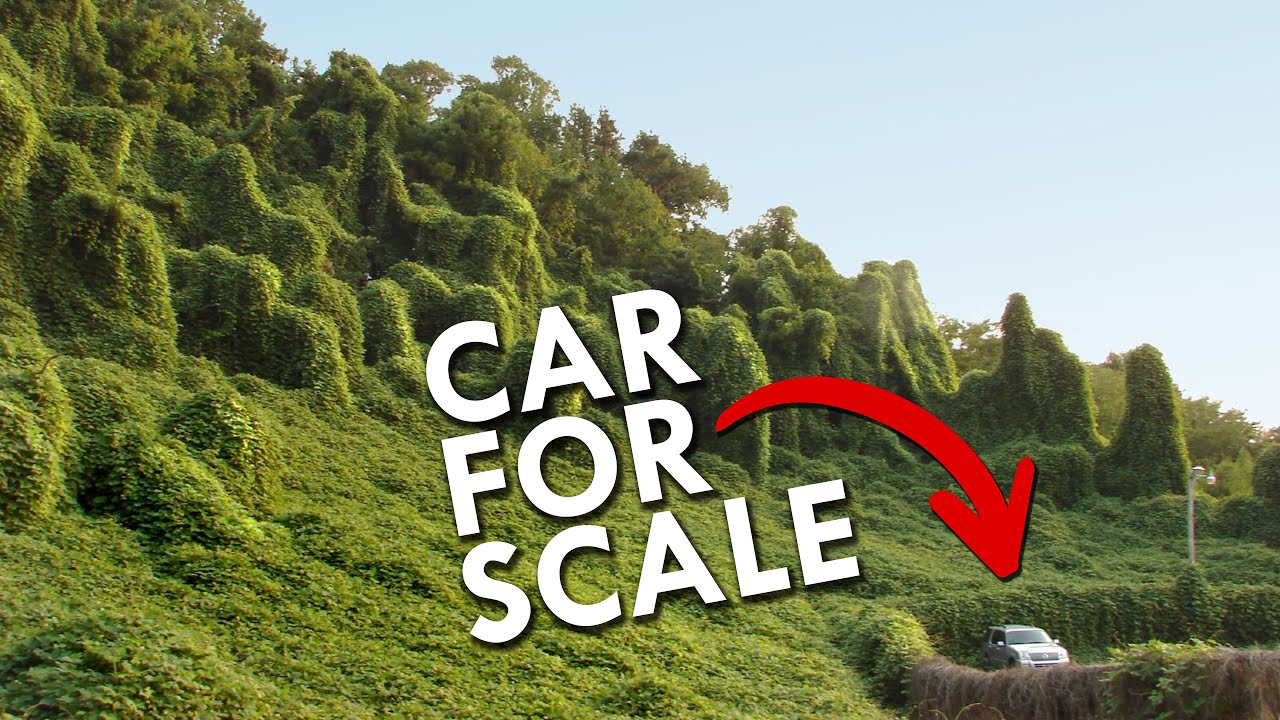
Kudzu and Fitness: The Curious Connection to Jelqing
An interesting facet of kudzu’s appeal lies in its exploration within the fitness community, particularly regarding jelqing, a method touted for enhancing male size. While direct scientific evidence linking kudzu to improved jelqing results remains limited, some believe that kudzu could support overall vascular health. Adding kudzu to a balanced diet might align with natural wellness goals, much like the increasing popularity of natural supplements.
As we tune into our fitness journeys, it pays to explore how different natural remedies, including kudzu, might play a role in our overall health. Just like how the timeless dedication of icons like Arnold Schwarzenegger inspires us to get shredded, kudzu offers a healthy twist to our regimen.
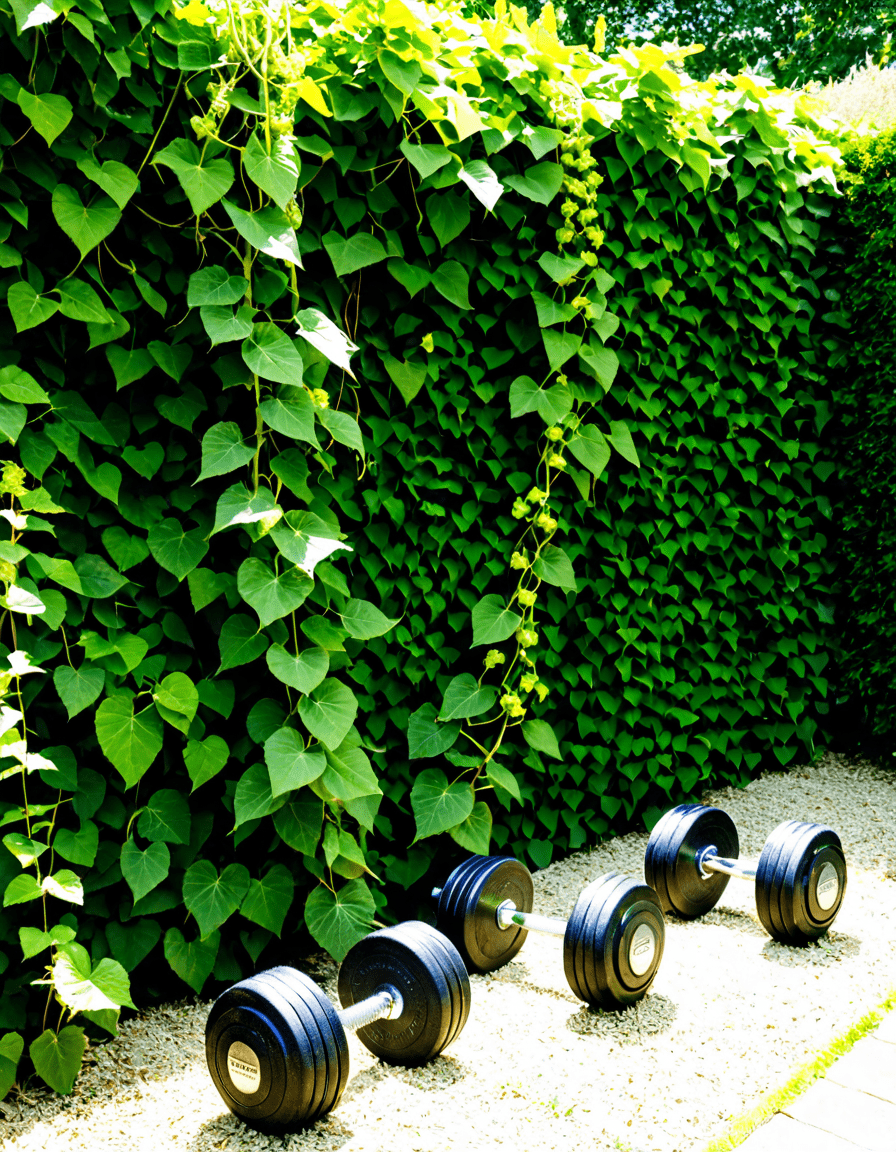
Innovative Uses and Future Potential of Kudzu
With a rich variety of applications, kudzu is evolving past its traditional uses. Innovators are experimenting with it in biodegradable products, textiles, and even sustainable construction materials. This multifunctionality reflects a growing trend toward sustainability.
Kudzu’s qualities empower it to be used in inventive ways, tapping into eco-friendly practices. As we face pressing environmental issues, kudzu might just become a vital part of a greener solution.
Kudzu vine truly surprises us with its rapid growth and the many roles it plays within ecosystems and dietary habits. The extraordinary potential of this often-overlooked plant challenges us to reconsider our relationship with nature. Just like the captivating stories of The Dukes Of Hazzard and the powerful anthems of Black Sabbath, kudzu has its own narrative that encourages us to discover more about the world around us. So, dive into the wonders of kudzu and explore how it can contribute to your well-being and the health of our planet.
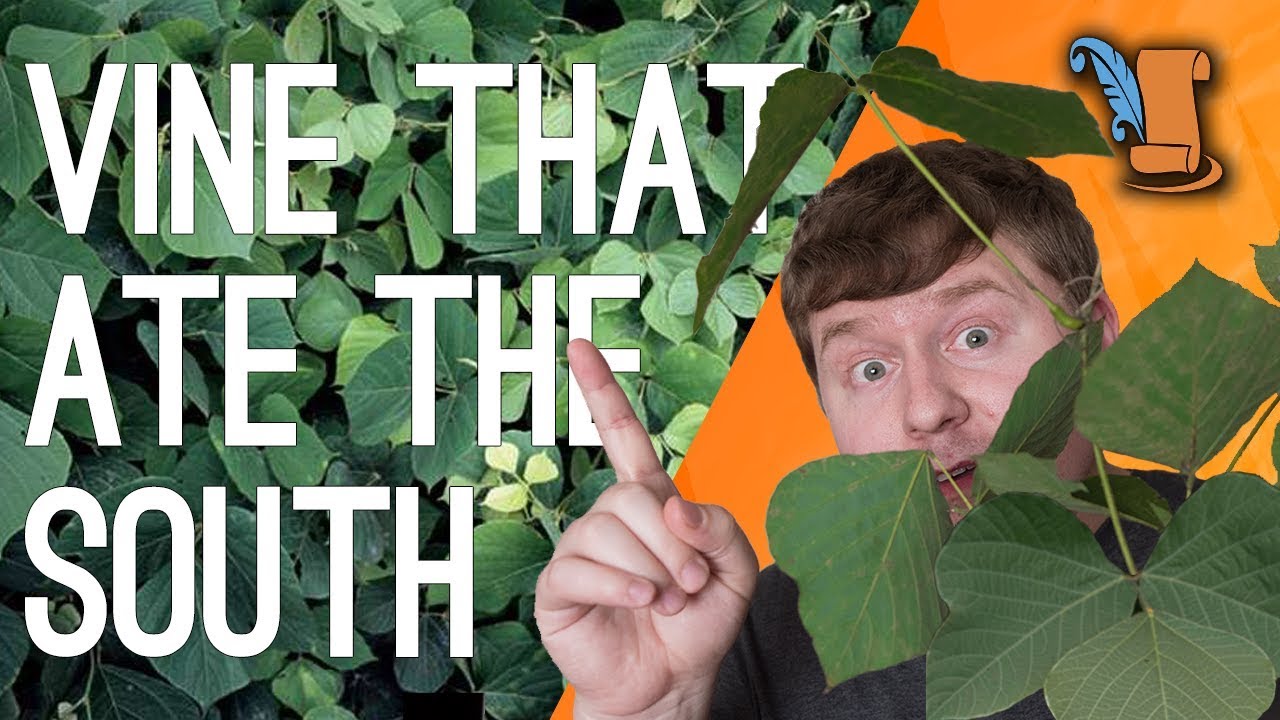
Surprising Facts About Kudzu Vine
A Marvel of Nature
Kudzu vine is known for its astonishing growth rate, sometimes reaching up to a foot per day! This relentless vine originally hails from Asia, where it was introduced to the United States in the late 1800s as an ornamental plant. Little did they know, this beautiful green wonder would soon become a menace. Much like the stunning complexity found in a primer, kudzu vine’s rapid proliferation can choke out local plants, making it a significant ecological concern. It’s interesting how one plant can cause such widespread disruption, much like the Palisades fire containment percentage can impact agricultural areas.
Trivia that Will Make You Think
Did you know kudzu vine has been dubbed “the vine that ate the South”? That’s not just a catchy phrase; kudzu’s extensive root system allows it to thrive in harsh conditions, making it incredibly hard to eradicate. In its rapid journey to cover everything in sight, kudzu can even pose challenges to infrastructure, contradicting the easy-going image often associated with nature. Speaking of contradictions, have you ever tried thai Iced tea? That sweet blend of flavor can be as refreshing as it is unexpected, much like the discovery of kudzu’s unexpected growth behavior.
Culture and Kudzu: The Strange Connection
Believe it or not, kudzu has even found its way into pop culture. Billy Gilman, a former child country star, even mentioned it in a song! This goes to show how intertwined this vine is with Southern life, becoming a symbol in its own right. The plant’s ability to thrive aligns intriguingly with human ailments too. For instance, addressing esophageal Spasms might require understanding how various growths can affect our health, just as kudzu disrupts its environment in unexpected ways. And speaking of unexpected combinations, kudzu can even be found in recipes, paired with desserts like Gelato ice cream to add a unique twist. It’s amazing how a plant can adapt and integrate into both our culinary and cultural landscapes, transforming perceptions along its path!
The kudzu vine, with its rapid growth and surprising adaptability, serves as a reminder of nature’s dualities. Its beauty can disguise its invasive tendencies, making it a plant that continues to intrigue and challenge our understanding of ecological balance.
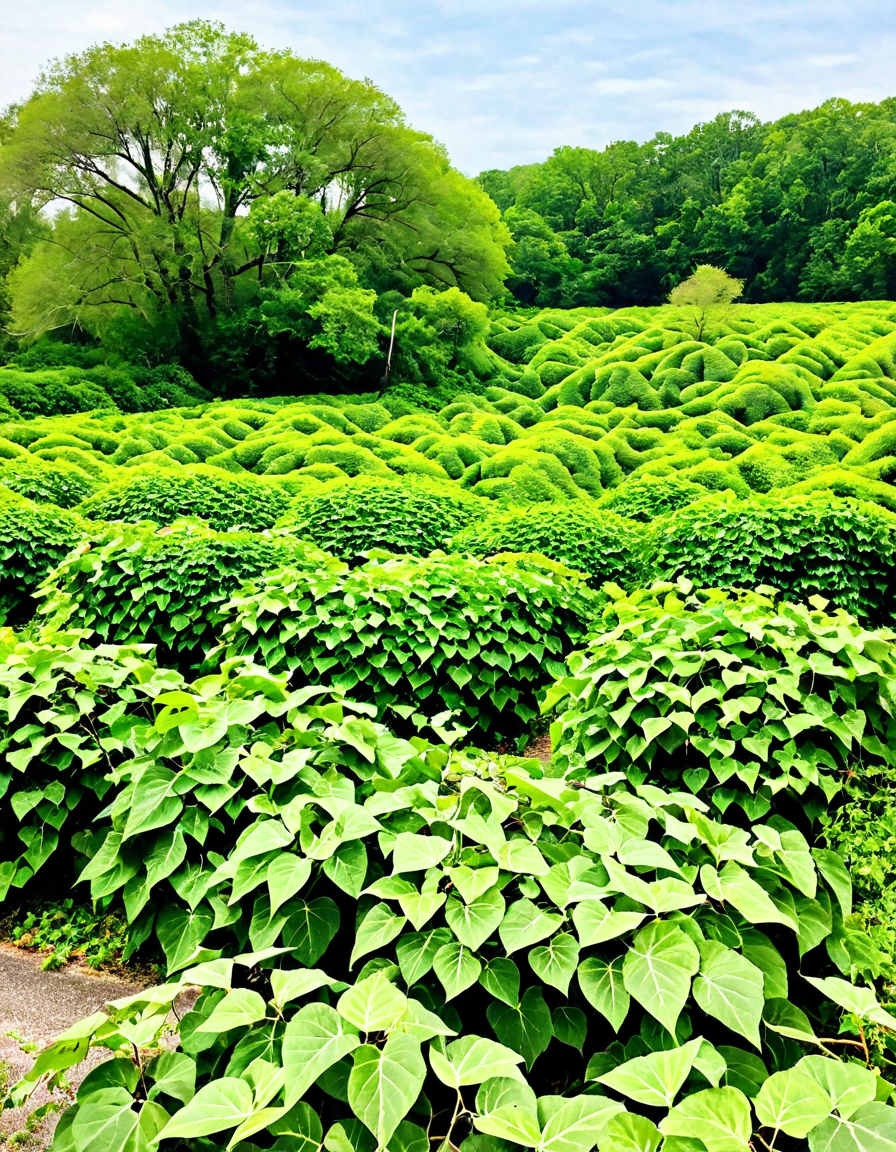
Why is kudzu vine a problem?
Kudzu vine’s a problem because it grows crazy fast and can choke out native plants, disrupting local ecosystems. It’s like the invasive weed that just won’t quit, taking over gardens and farmland, making it tough for other plants to thrive.
What state has the most kudzu?
The state with the most kudzu is probably Georgia. This vine loves the warm Southern climate, so you’ll find it sprawling all over the place down there.
What is kudzu vine used for?
People use kudzu for a bunch of things, from making traditional medicines to using it in food like noodles and starch. It’s pretty popular in Japanese cuisine, too.
What kills kudzu permanently?
To kill kudzu permanently, options include using specific herbicides designed for invasive species, rooting it out by digging, or even burning it, though this can be tricky and needs to be done right.
What animals eat kudzu?
A few animals munch on kudzu, like goats and deer. They’ll nibble on it, but not every critter is a fan.
Where is kudzu found in the US?
Kudzu is mainly found in the southeastern US, but it’s moved into other parts over the years. It’s become a common sight in various states, especially those warm and humid.
Do deer eat kudzu?
Yeah, deer do eat kudzu; it’s not their first choice, but in lean times, they’ll definitely chow down on it.
Why don’t we eat kudzu?
Most folks don’t eat kudzu because it’s not super tasty and can be a little hard to prepare. Plus, there are just more appealing options out there for meals!
How far north can kudzu grow?
Kudzu can grow pretty far north, reaching as far as southern New England, but you’ll mostly see it thriving in the warmer southern states.
Is kudzu poisonous to dogs?
Kudzu isn’t generally poisonous to dogs, but eating a lot of it might upset their tummy, so it’s best to keep an eye on them when they’re outside.
What do the Japanese use kudzu for?
In Japan, kudzu is used for making traditional medicine, food ingredients, and even textiles. It’s been valued for centuries for its various uses.
Do goats eat kudzu?
Goats love to eat kudzu! They’re great for eating invasive plants, and kudzu is like a buffet for them.
Is kudzu poisonous to touch?
Kudzu isn’t poisonous to touch, so you won’t have to worry about any skin reactions from handling it.
Does Roundup work on kudzu?
Roundup can work on kudzu, but it might take multiple applications to really get rid of it, since it’s tough and resilient.
Why was kudzu brought to America?
Kudzu was brought to America back in the late 1800s to help with erosion control and as an ornamental plant, but it ended up spreading wildly instead.
Why do we not eat kudzu?
Folks don’t eat kudzu mainly because it requires careful prep, it’s not very flavorful, and other crops are just more popular and easier to get.
Is anything being done to stop kudzu?
Yes, there are efforts underway to control kudzu, like using goats to graze on it, promoting public awareness, and developing effective management strategies to keep it in check.
What problems will the kudzu vine create in this ecosystem?
Kudzu can create a lot of problems in ecosystems, like blocking sunlight for other plants, reducing biodiversity, and even damaging infrastructure by growing over buildings and fences.
What makes it hard to remove kudzu?
It’s tough to remove kudzu because it grows so persistently, spreads rapidly, and has a deep root system that makes digging it out a real chore.













